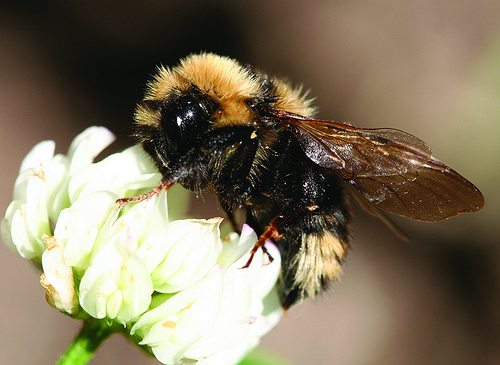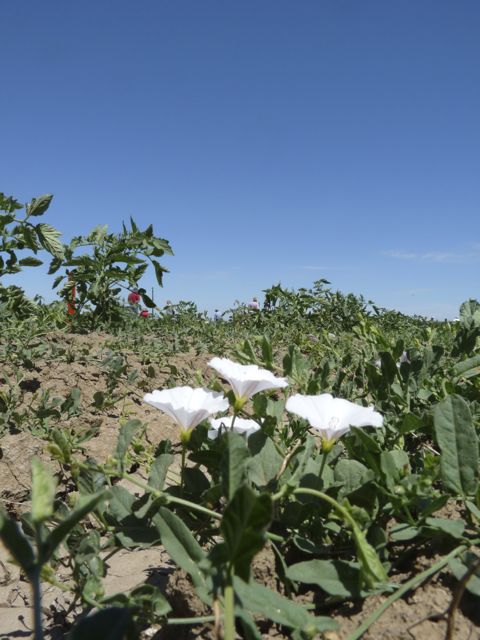USDA Observes Kick Off of the International Year of Soils
The U.S. Department of Agriculture (USDA) began its celebration of the International Year of Soils to highlight the importance of healthy soils for food security, ecosystem functions and resilient farms and ranches.
“Healthy soil is the foundation that ensures working farms and ranches become more productive, resilient to climate change and better prepared to meet the challenges of the 21st century,” Agriculture Secretary Tom Vilsack said during an event today at USDA headquarters. “We join the world in celebrating this living and life-giving resource.”
With an increasing global population, a shrinking agricultural land base, climate change and extreme weather events, the nations of the world are focusing their collective attention to the primary resource essential to food production-the soil. The United Nation’s Food and Agriculture Organization (FAO), working within the framework of the Global Soil Partnership, spearheaded the adoption of a resolution by the UN General Assembly designating 2015 as the International Year of Soils. The year of awareness aims to increase global understanding of the importance of soil for food security and essential ecosystem functions.
“Most people don’t realize that just beneath our feet lies a diverse, complex, life-giving ecosystem that sustains our entire existence,” said Jason Weller, chief of USDA’s Natural Resources Conservation Service (NRCS). “We are helping producers unlock the power of soil health as part of an important and very successful national campaign. Our campaign demonstrates our renewed commitment to soil conservation and soil health.”
NRCS is coordinating activities to mark USDA’s involvement in the International Year of Soils. Nearly 80 years ago, NRCS, formerly the Soil Conservation Service, was created to improve the health and sustainability of our nation’s soils. The agency’s original mission continues to this day – providing assistance to producers looking to improve the health of the soil on their land.
Conservation that works to improve soil health is one of the best tools NRCS has to help landowners face these impending challenges – and maintain and improve their productivity with the use of soil management systems that includes cover crops, conservation tillage and no-till and crop rotations. These systems reduce sediment loss from farms and ranches, buffer the effects of drought, flood and other severe weather; sequester carbon and create biodiversity in our rural landscape.
“International Year of Soils provides an opportunity for us to learn about the critical role soil conservation and improved soil health play in the economic and environmental sustainability of agriculture,” Weller said.
Working with the Soil Science Society of America (SSSA) and other partners, NRCS will be showcasing the importance of soil with monthly themes created by SSSA:
January: Soils Sustain Life
February: Soils Support Urban Life
March: Soils Support Agriculture
April: Soils Clean and Capture Water
May: Soils Support Buildings/Infrastructure
June: Soils Support Recreation
July: Soils Are Living
August: Soils Support Health
September: Soils Protect the Natural Environment
October: Soils and Products We Use
November: Soils and Climate
December: Soils, Culture and People
For more information, visit NRCS’s soil health webpage or the International Year of Soils webpage.


















